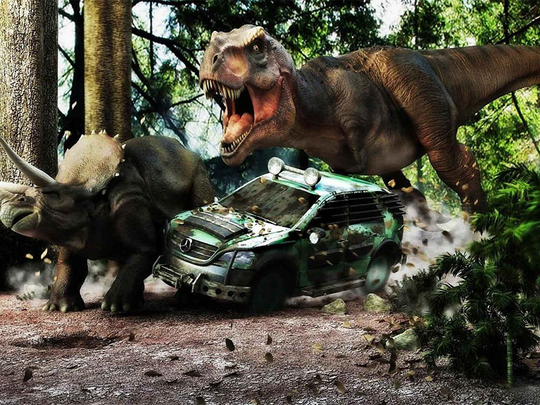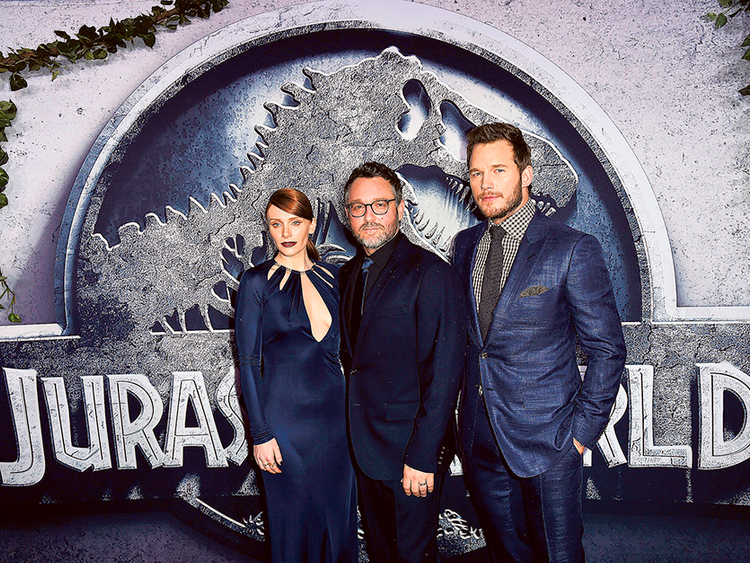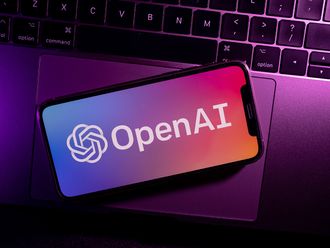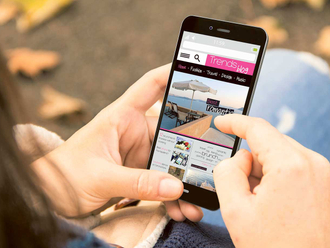
Washington: When the dino hunters of ‘Jurassic World’ race into action, they don’t just use any car: They roar into the jungle aboard Mercedes-Benz G-Class luxury SUVs. And when the park’s doomed vacationers get chomped, moviegoers know exactly what kinds of Starbucks, Coca-Cola and Jimmy Buffett’s Margaritaville treats they’ve left behind.
‘Jurassic Park’ hit theatres in 1993 and instantly became famous for its dozens of product tie-ins, the camera lingering on logos for Ford Explorers, Jeep Wranglers, Nikon cameras and Jolt Cola.
But the blockbuster’s latest sequel, the $150 million (Dh550.5 million) ‘Jurassic World’, shows just how much product placement has evolved, both as a consistent money maker for film executives and as a cringeworthy fact of life for the theatre-going crowd. The movie’s corporate tie-ins are relentless: Kids ignore their parents while immersed in Beats by Dre headphones. Park-goers can be seen swilling Starbucks, and the velociraptor trainer played by Chris Pratt takes big, refreshing gulps of Coca-Cola.
The dinosaur park’s main shopping centre includes a Pandora, the charm-jewellery store, and a Jimmy Buffett’s Margaritaville, the parrothead-themed restaurant. When Pratt’s character races alongside the dinosaurs, he does so on his Triumph Scrambler, a new model made by the UK’s biggest motorcycle maker.
“Hey, people of Triumph, can I have this motorcycle, please?” Pratt asked in a behind-the-scenes ‘featurette’. Spoiler alert: He gets one.
Many of the tie-ins become meta: a film joking about product placement while still reaping the corporate cash. In the movie, the dinosaur park is strapped for funding and takes on corporate sponsors. Its star dinosaur exhibit becomes ‘Verizon Wireless Presents The Indominus Rex’. A side character jokes they should have gone even further, naming a dinosaur ‘Pepsi-saurus’.
The script, as ‘Chicago Tribune’ reviewer Michael Phillips wrote, “makes a tentative stab or two at rampant product placement early on, before getting down to the business of delivering rampant product placement.”
The gaudiest tie-in comes through the movie’s deal with Mercedes-Benz, whose G-Class SUV, Sprinter van and six-wheeled G-Wagen play leading parts, transporting dino-hunting troopers and conquering the jungle’s rough roads. The German automaker’s monstrous Unimog, only available outside the US, also serves as a wheeled dinosaur veterinary unit.
In the movie, Pratt’s Owen asks Claire, the steely operations manager — played by Bryce Dallas Howard — if she wants to “see something cool,” before Benz’s new GLE Coupe pulls onto the scene. In her ‘New York Times’ review, Manohla Dargis wrote, “There are so many plugs for Mercedes that you may wonder if the targeted viewers are studio executives.”
So it would not spoil the GLE Coupe’s summer 2015 launch, Mercedes said it worked the SUV secretly into the filmmaking process a year and a half ago: “The security measures on set were huge,” the carmaker said, so it could “be shielded from eager photographers.”
Mercedes-Benz has tied its luxury autos to dinosaur movies ever since its outfitted M-Class SUVs whisked adventurers through the 1997 sequel, ‘The Lost World: Jurassic Park’.
But it has rarely wielded such influence on the production even after the film is over. The movie’s premiere in Hollywood was sponsored by Mercedes, with the actors spilling onto the red carpet from a red Mercedes GLE Coupe then gliding into the theatre past a themed Mercedes G-Class SUV.
Modern marketers see corporate tie-ins as increasingly valuable, because of the potential for a product’s placement to be shared or talked about. After Samsung scored a coup at last year’s Academy Awards, when a crop of movie stars took a selfie with its Galaxy Note, Allen Adamson, a managing director at branding firm Landor Associates, told the ‘Wall Street Journal’, “You can’t buy that magic of going viral.”
Corporate buyers have also seen product placement as an increasingly strong investment as movie studios look to move toward international audiences to boost box-office cash. In China, Coca-Cola is running dinosaur ads packed with bottles of refreshing, red-label Coke.
Product placement just might transcend language, after all.












